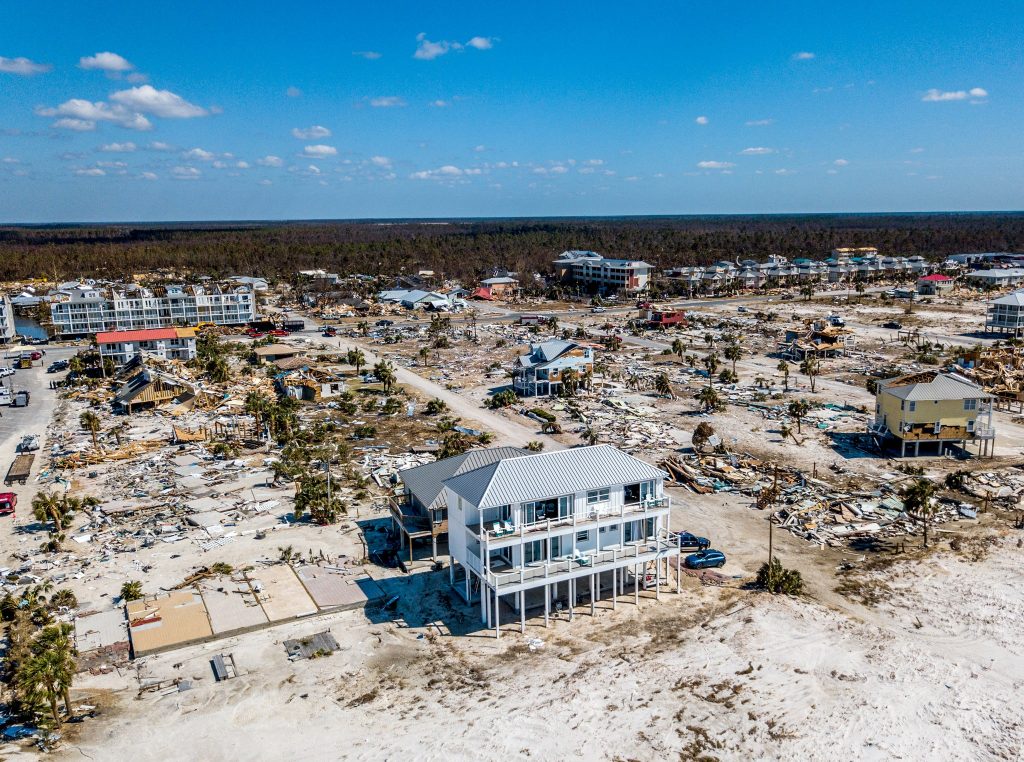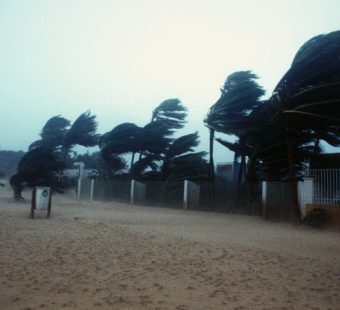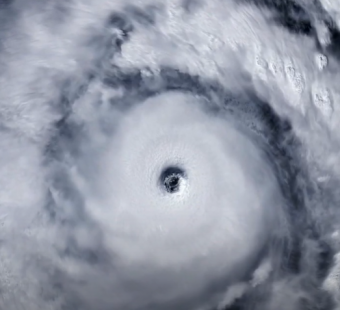
The ‘Sand Palace:’ A poster child for resilience
You probably remember the “Sand Palace,” the lone house standing after Hurricane Michael made landfall in the Florida panhandle in October.
It’s a powerful story about one man’s stand against nature’s destructive power. But the Sand Palace is also a story about insurance.
There are generally two aspects of insurance. One is to pay out claims to make people whole again after a loss. Another is to incentivize behavior that makes those losses less likely to happen. In insurance-speak, we call that “mitigation.”
Consider the Sand Palace in that context. According to an AIR Worldwide analysis, the house was built to be even more resilient than Florida’s already-stringent building codes: reinforced concrete, limited windows, minimal space below the roof to prevent uplift, a first floor 15 feet above ground, and more.
AIR analyzed how this construction fared during the hurricane. The structure’s features reduced wind losses by about 90 percent compared to other homes. Plus, the height of the building significantly reduced any storm surge damage.
This led AIR to conclude that “the Sand Palace is an excellent case study of the impact of mitigating features for use in risk reduction.” Presumably, the house also made an excellent risk for an insurer to cover.
It’s fair to ask, though: at what cost resilience? These kinds of reinforcements can cost tens of thousands of dollars, which can be out of reach for many homeowners.
But that’s probably where insurance can play a role. For example, is there a potential for insurers to offer economic incentives or discounts to homeowners to make their houses resistant to hurricane-force floods and winds? This incentive could be particularly effective in a world where climate change events might cause insurers to raise their premiums to account for higher risks. (That’s why many argue that insurance can play a crucial role in helping to combat the effects of climate change.)
It’s not always easy to say where the intersection between the costs and benefits of mitigation is. That’ll be up to the individual insurer and their insureds. But if done right, mitigation can be a win-win strategy. Insurers don’t have to pay out as much money for losses. Consumers don’t have to pay as much for their insurance. And the world can be made a safer, more resilient place.
By Lucian McMahon, Triple-I Blog, December 3, 2018



